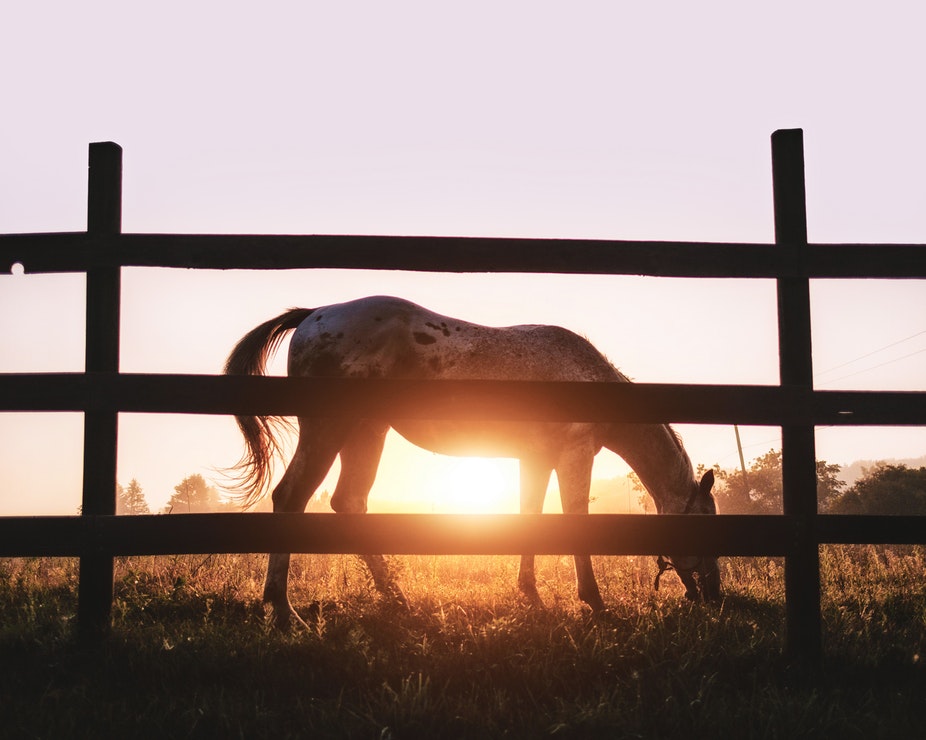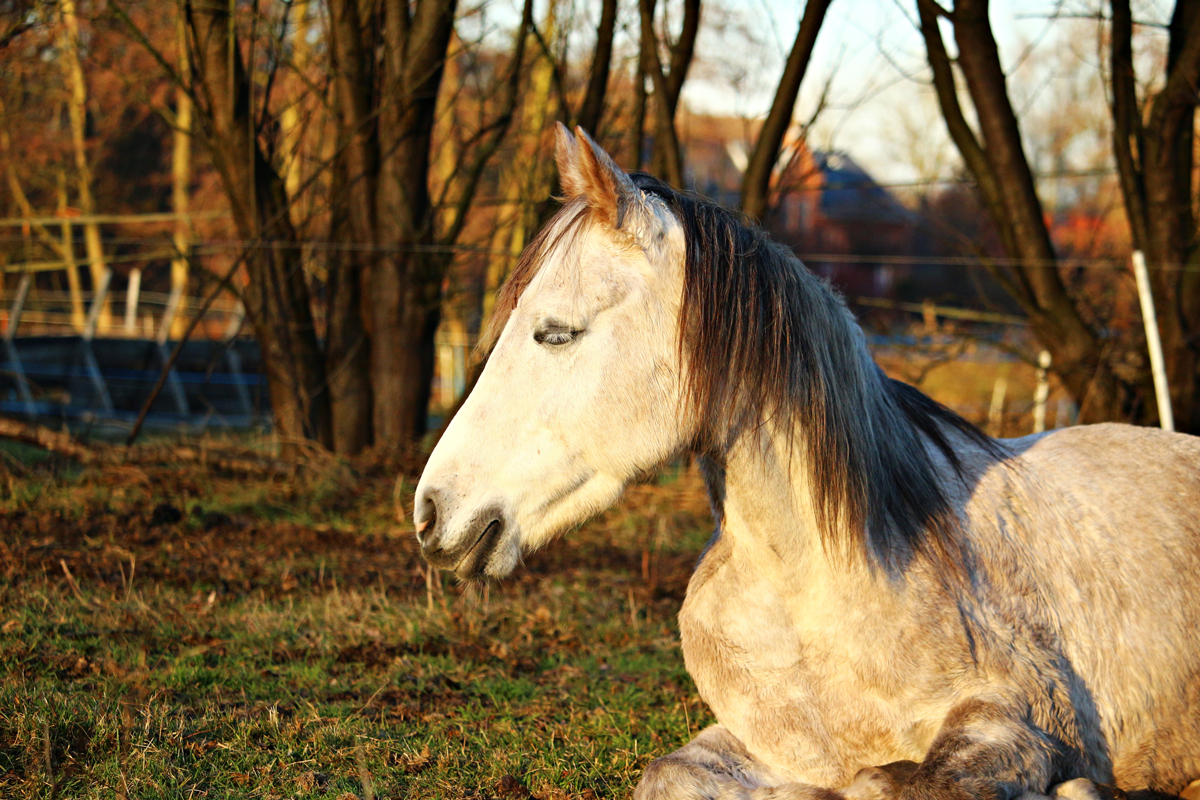Lameness is the number one problem in horses. Defined as an unwillingness or inability to stand or move normally, the condition can have many causes and many possible treatment options.
The bottom line with lameness is that you’re going to need assistance from a vet – make sure you always have quality horse insurance so lameness doesn’t hurt your wallet as well as your horse.
What is lameness?
Lameness is an old-fashioned, non-specific term.
It is a clinical sign rather than a condition in its own right, and it usually shows that a horse is experiencing pain and altering gait in order to adjust for this.
It can also be due to a mechanical condition or neuromuscular disease.
Before a treatment can be identified, the cause of lameness must be determined.
Possible causes include laminitis, tendon damage, fractures, poor balance, back and neck problems, bruises or abscesses of the hoof, and degenerative joint disease, such as arthritis or bone spavin.
Diagnosis of lameness may be carried out by a vet observing and examining a horse. In some cases, x-rays and MRI scans may be required.

Lameness is the most frequently reported problem
A 2016 Royal Veterinary College/BEVA National Equine Health Survey of 5,635 people reporting on 16,751 horses found that lameness was the most frequently reported equine health problem, representing one third of all horse conditions.
The most common cause of lameness found in the survey was degenerative joint disease (41.2% of all lameness) while diseases of the foot, excluding laminitis, accounted for 31.9% of cases.
White line disease was the most common cause of foot lameness.
How can you tell if a horse if lame?
Like most health problems, the earlier lameness is spotted, the better the prospects for successful treatment and recovery.
The key tell-tale sign of lameness is a horse limping and bobbing its head while walking.
There is no substitute for a good bond with your horse – the better you know what is normal for your animal, the better you will be able to pick up on a problem.
A reluctant, distressed horse who is being unusually difficult or twisting its head, swishing its tail or putting its ears back can be an indication of lameness.
The horse may shrink back from contact with you, or prefer one rein to the other. When lameness is in the hindlimbs, a slipping saddle can be the result.
If you suspect your horse is lame, there are some simple checks you can carry out before contacting a vet.
Firstly, check the feet – there may be a stone caught or a crack or bruise that is causing the problem. Feel the lower legs, checking for swelling, hot areas or cuts and wounds.
The next step is to observe your horse’s movements. Gently move the horse’s joints, watching out for signs of pain in the horse or obstructed range of motion.
See if the horse is comfortable walking in a straight line on a hard surface.
Finally, run your hands over the horse’s neck and back. Watch out for the horse flinching or any signs of injury, such as heated areas or swelling.
If you think your horse is lame, ask a vet to check them over as soon as possible. In the meantime, do not ride the horse, keep them inside to minimise the risk of further damage.
What will the vet do?
Your vet will carry out both static and dynamic assessments (standing still and moving).
When the lame limb has been identified, vets will examine the area closely, perhaps injecting local anaesthetic into peripheral nerves or joints to determine the exact source of the problem.
Further examination using scans and imaging may be required, for example equine ultrasound, computed and digital radiography, nuclear scintigraphy, computed tomography and Magnetic Resonance Imaging.
Your vet may rate the lameness on a scale, to indicate the severity of the condition.
How is lameness treated?
As lameness is a very varied problem, there are many different treatments that could be applicable.
It could be as simple as changing the horse’s exercise regime or using a medication, or there could be a course of therapy such as stem cell injection that may help. Surgery is also indicated in certain conditions.
Needless to say, this veterinary treatment can be time-consuming and expensive. Quality horse insurance will protect you from having to pay out large sums for vet bills.
In a worst-case scenario, if your horse is unrideable or needs to be put down, your horse insurance should also cover this eventuality.

Can lameness be avoided?
There is no 100% certain way to prevent lameness, but there are many measures you can take to minimise risk.
For a start, check a horse very carefully before buying it. Ask a vet to check the animal and detect any issue or deformity that could cause lameness in the future – a skilled eye is often needed for this.
Keeping a horse in good physical condition is also important.
Provide regular training to build up and maintain muscle strength. Strong muscles protect the horse’s joints and ligaments from being overworked, which can lead to injury.
If you need to increase a horse’s workload then this should be done gradually in order to help the animal slowly build muscle mass.
Working a horse on hard surfaces can also cause lameness, as the stress when hooves strike the surface can hurt feet and limb structures, as well as overloading tendons and ligaments.
Horses should have a varied workload – don’t go over the same movements or jumps over and over again, as this can overuse certain limbs and lead to lameness in the future.
Regular observation and checking of your horse are also essential. Know what is normal for your equine and act early if you notice areas of heat or inflammation.
Early intervention could prevent the problem from getting much worse.
Could you afford to treat lameness in your horse? Get a quote for horse insurance from Equesure today for cover you can trust.





